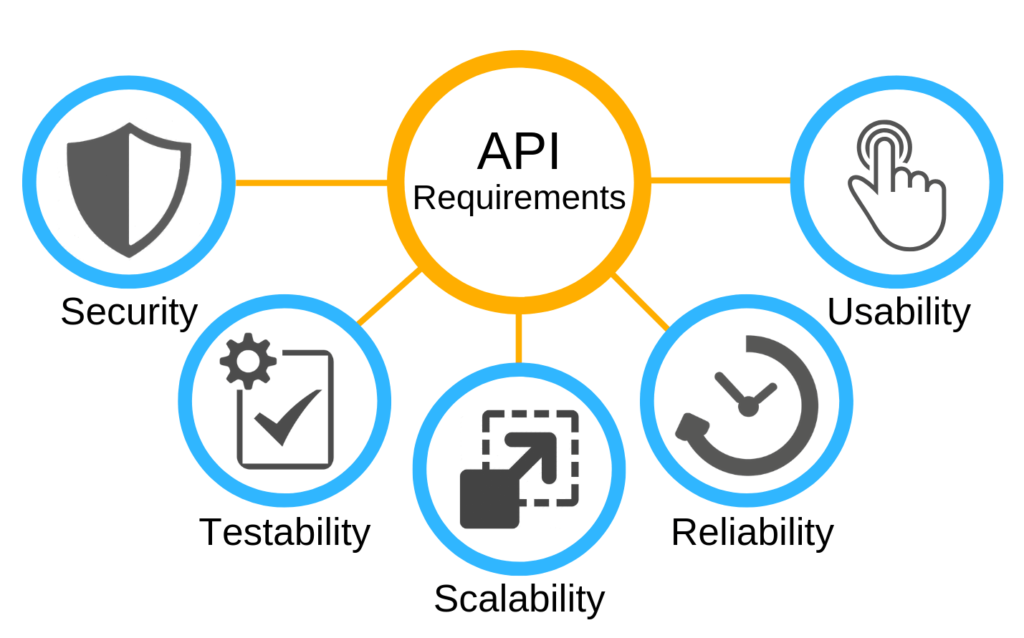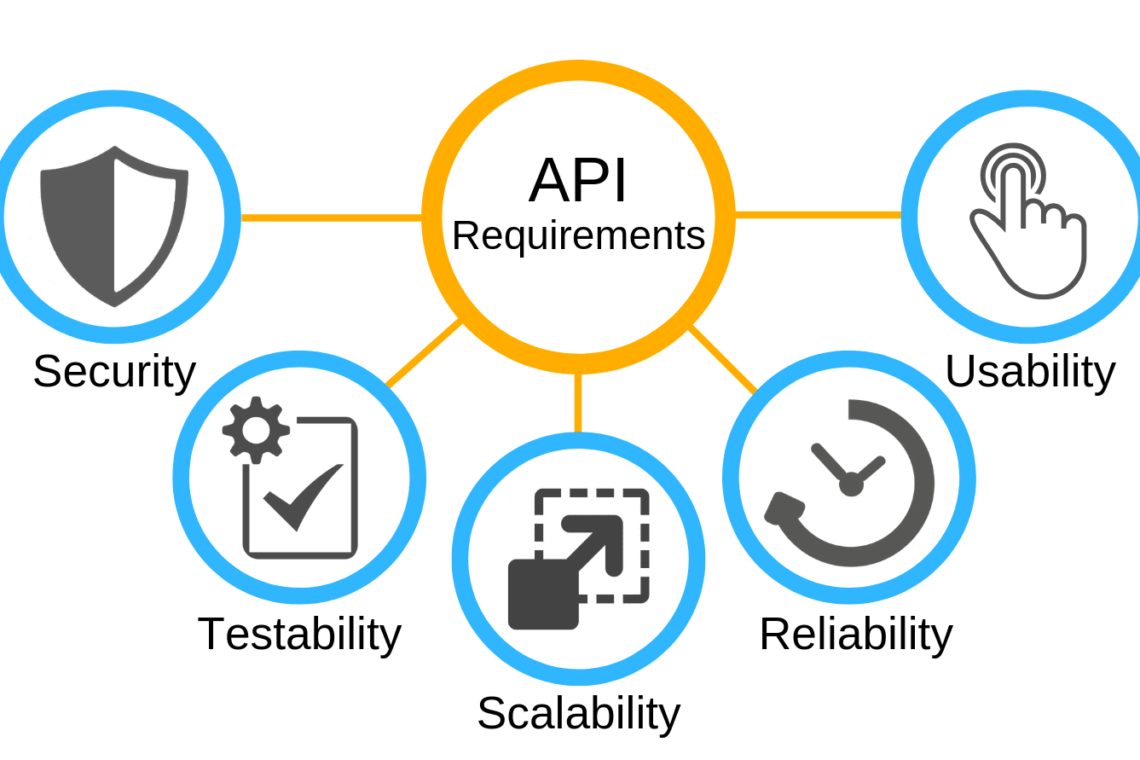
Creating an API (Application Programming Interface) is a great way to make your data and services available to other developers. APIs allow developers to access data and services from other applications, making it easier for them to build their own applications. In this blog, we’ll discuss how to create an API and the steps you need to take in order to do so.
- Define Your API: The first step in creating an API is defining what it will do. You need to decide what data or services you want your API to provide, as well as how it will be structured and accessed. This includes deciding on the type of data that will be returned, the format of the response, and any authentication or authorization requirements that must be met in order for a user to access the API.
- Design Your API: Once you’ve defined your API, you need to design it. This includes deciding on the structure of your endpoints (the URLs that users will use to access your API), as well as any parameters or filters that can be used when making requests. You should also consider how users will authenticate themselves when using your API, such as through an OAuth token or an API key.
- Implement Your API: After designing your API, you need to implement it by writing code that will handle requests and return responses in the format you’ve specified. Depending on the language and framework you’re using, this could involve writing custom code or using existing libraries or frameworks such as Django REST Framework or Flask-RESTful for Python-based APIs.
- Test Your API: Once you’ve implemented your API, it’s important to test it thoroughly before releasing it into production. This involves testing all of its endpoints with various parameters and ensuring that they return the expected results in the correct format. It also involves testing authentication methods such as OAuth tokens and ensuring they are working correctly before releasing your API publicly.
- Document Your API: Once your API is tested and ready for release, you need to document it so that other developers can easily understand how it works and use it effectively in their own applications. This includes providing detailed instructions on how each endpoint works, what parameters can be used when making requests, and any authentication requirements that must be met in order for a user to access the data or services provided by your API.
Creating an effective and secure API can take some time but is well worth the effort if done correctly! By following these steps, you should have no problem creating a successful implementation of an Application Programming Interface (API).
